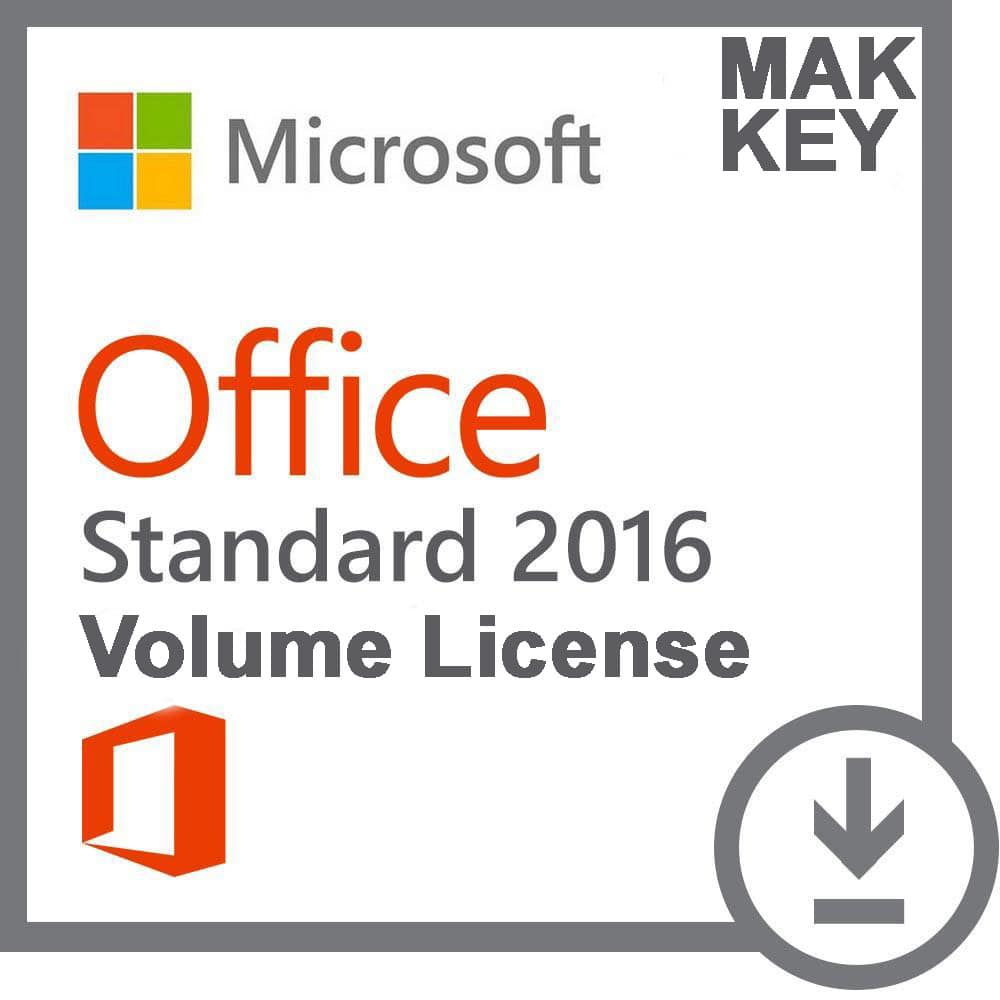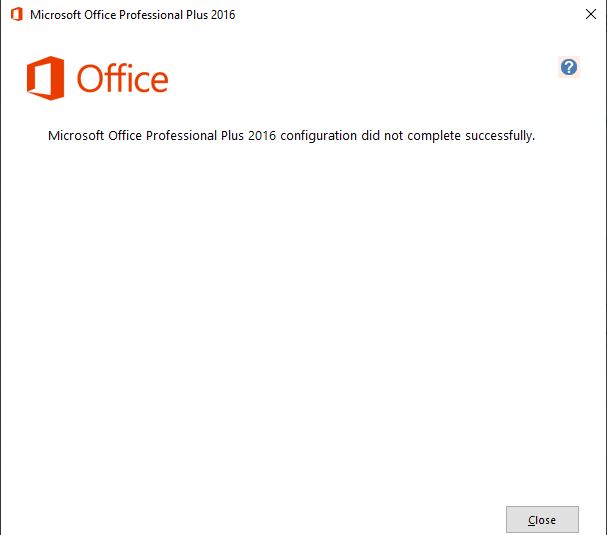Microsoft Office 2016 Volume License
I have uninstalled all the trial Office apps that came with the computer, including Get Office. I've also run the 'easy fix' app from Microsoft to completely uninstall Office 2016. I then download the Office Standard 2016 32-bit software from Volume Licensing, and launch it as a virtual CD drive to run. Activate volume licensed versions of Office by using KMS. 4/21/2021; 3 minutes to read; D; D; n; m; In this article. Applies to: Volume licensed versions of Office 2019 and Office 2016, including Project and Visio. All volume licensed versions of Office, including Project and Visio, have a Generic Volume License Key (GVLK) preinstalled.
Applies to:Volume licensed versions of Office 2019 and Office 2016, including Project and Visio
All volume licensed versions of Office, including Project and Visio, have a Generic Volume License Key (GVLK) preinstalled. GVLKs support both Key Management Service (KMS) and Active Directory-based activation. On the KMS host computer configured to support volume activation of Office, you install and enable only one KMS host key to activate all volume licensed versions of Office.
If the KMS host computer is available and properly configured, activation of Office occurs transparently to the user. Office is activated the first time it runs, provided that there have been at least four previous activation requests to the KMS host computer. This is because the KMS host computer requires at least five requests before it begins activating clients.
You don't have to do anything else to enable activation of Office by KMS. KMS clients can locate a KMS host computer automatically by querying DNS for service (SRV) resource records (RRs) that publish the KMS service. For more information, see How DNS is used to find a KMS host computer.
If the network environment does not use SRV RRs, you can manually assign a KMS client to use a specific KMS host computer by configuring the HKEY_LOCAL_MACHINESoftwareMicrosoftOfficeSoftwareProtectionPlatform registry key on the KMS client. The KMS host computer name is specified by KeyManagementServiceName (REG_SZ), and the port is specified by KeyManagementServicePort (REG_SZ). The default port is 1688. These registry keys can also be set through by using ospp.vbs script. For more information about the ospp.vbs script, see Tools to manage volume activation of Office.
Configure KMS host caching
You can configure whether or not the last used KMS host computer is saved to the cache on the KMS client. If the KMS host computer is not cached, the KMS client will query DNS every time that activation is attempted. This means that the priority and weight parameters set for KMS host computers will be honored. If the KMS host computer is cached, the KMS client won't query DNS and instead will attempt to contact the cached KMS host computer that last resulted in successful activation.
To configure KMS host caching, you can use the ospp.vbs script. For more information about the ospp.vbs script, see Tools to manage volume activation of Office.
To configure KMS host caching, open an elevated command prompt on the KMS client computer and go to the Program FilesMicrosoft OfficeOffice16 folder. If you installed the 32-bit version of Office on a 64-bit operating system, go to the Program Files (x86)Microsoft OfficeOffice16 folder.
To disable KMS host caching, type the following command, and then press ENTER:
To enable KMS host caching, type the following command, and then press ENTER:
Microsoft Office 2016 Volume License Iso Download

Check the license status of Office
The following table describes the license state of the Office with respect to activation.

| License state | Description |
|---|---|
| Licensed | By default, the KMS client requests activation with the KMS host computer one time every seven days. (The number of days is configurable.) This design allows the maximum possible time for the client to be in the licensed state. After the client is successfully activated, it remains in the licensed state for 180 days. When in the licensed state, users do not see any notification dialog boxes prompting them to activate the client. After 180 days, the activation attempt process resumes. If activation is continually successful, the whole activation experience is transparent to the user. |
| Out-of-tolerance | If activation does not occur during the 180-day period, Office goes into the out-of-tolerance state for 30 days. Users then see notifications that request activation. |
| Unlicensed notification | If activation does not occur during the out-of-tolerance state, Office goes into the unlicensed notification state. Users then see notifications that request activation and a red title bar. |
You use the ospp.vbs script with the /dstatusall option to check the license state for all Office clients. Use the /dstatus option to check the status of the local client. For more information about using the ospp.vbs script, see Tools to manage volume activation of Office.
Microsoft Office Software
